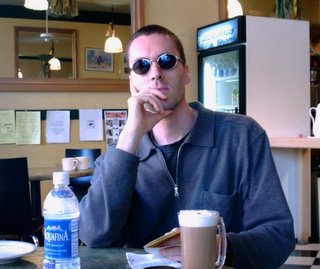The intimitated Marketer
These intimidated marketers miss two phenomena that are crucial in today’s marketing world:
- The clear lines between technology and marketing firms disappear more and more. Google, or Microsoft might have started as pure hard core technology innovators. But nowadays they are moving stronger into the marketing arena, and act for a lot of their offerings as marketing service providers. Paid Search is nothing else than digital targeted Direct Marketing. These technology firms have understood early on that there is a lot of unsophisticated spend in the marketing industry, so it’s much easier to tap into existing marketing than IT budgets
- Marketing firms have not yet understood that they should be more responsible for driving technology solutions, not vice versa. Most recent innovations come from a technology centric genesis, and then evolve over time into marketing solutions that are widely adapted. It’s very rare that a marketing focused firm dramatically changes the rules of a particular business discourse
What can a corporate marketer, either on the service or the client side, do to not only profit from these phenomena but be an active part of changing the landscape? I strongly believe that marketing innovations have to focus on three main areas:
- The Network: The more and more personalized network of information and social gathering places and hubs that individuals are building, the more innovation is needed to make this network as easy to create and use as possible. It’s about very personalized, and interactive 24/7 life style in any kind of media. This is more than just online social networks.
- The Content: Any unique content in any media form (e.g. movie, music) will continue to change consumer’s perception of themselves and their world. Sometimes content is a different form of servicing up a product, sometimes it’s a well told story. A break through network solution will only be successful if there is relevant content, either created by a corporation or the consumer himself
- The Consumer to Entrepreneur Transformation: Every day consumers wake up and are not happy with a product or service that they experience. The next day they might start a company and radically change the whole value proposition that fueled their dissatisfaction. These entrepreneurs don’t need to start a Silicon Valley based company; they can be part of a larger organization in which they act as entrepreneurs.
It’s a misunderstanding to believe that technology drives the world. The sweet spot of changing the world (or selling more products) is when technology and marketing solutions meet in mutually beneficial manner. This insight is nothing new, but its manifestation is different than 10 years ago.

